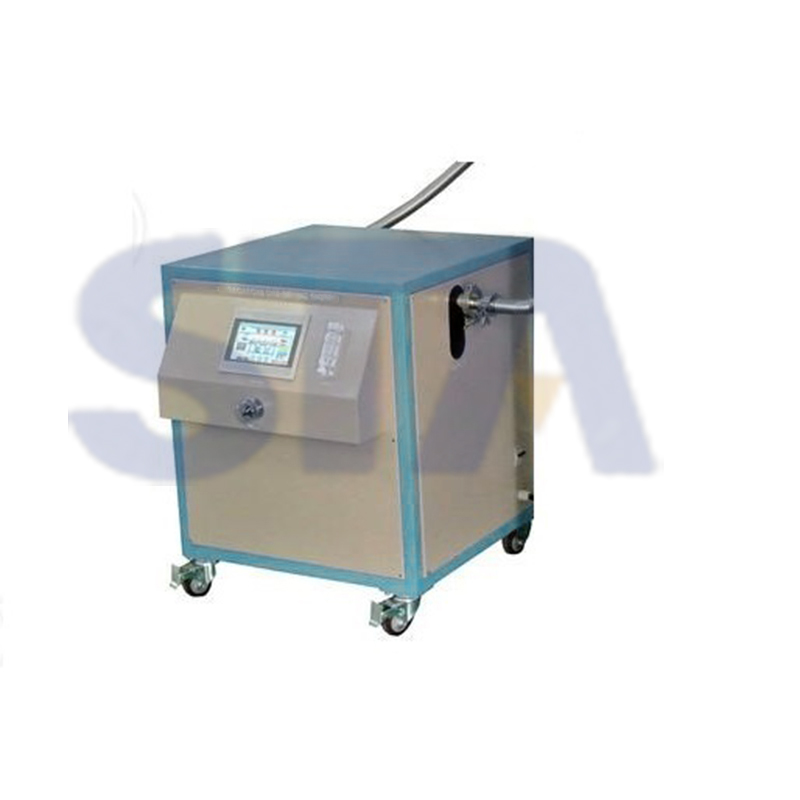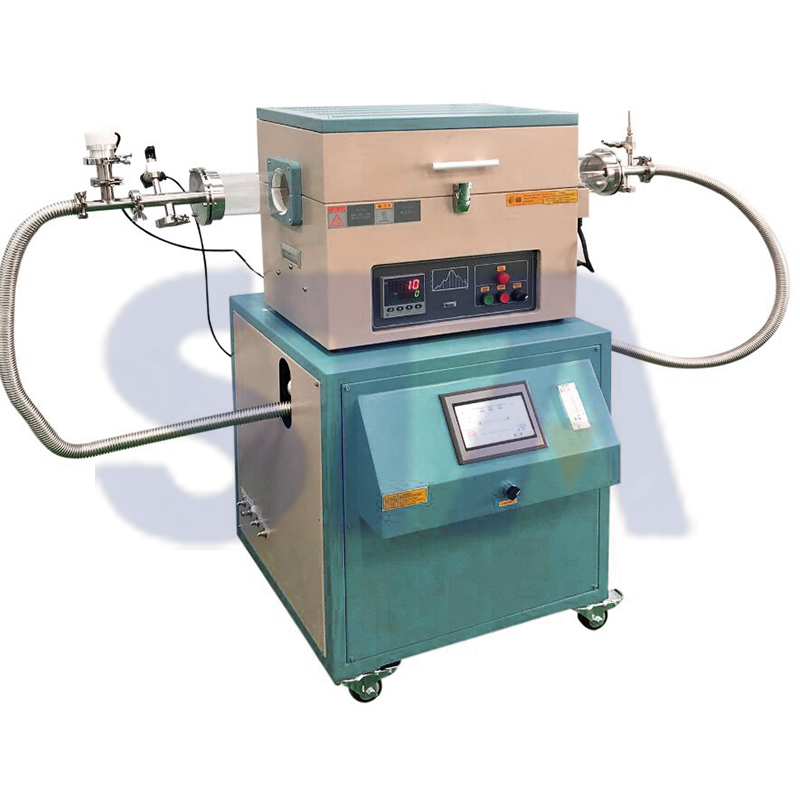The demand for high-purity gases has surged across multiple sectors, driven by the need for precise control over environmental conditions in manufacturing and scientific research. The new system addresses this demand by offering a fully automated solution capable of maintaining oxygen levels below 1 part per million (ppm) while simultaneously controlling the temperature to ensure optimal process conditions.The introduction of this system represents a significant advancement in gas purification technology. It not only enhances the efficiency and reliability of existing processes but also opens up new possibilities for applications that were previously limited by the availability of ultra-pure gases. Industries ranging from semiconductor fabrication to pharmaceutical production stand to benefit from the enhanced quality control and process consistency that this system provides.

Industry Applications:
The Automatic Recirculating Gas Purification System with Temperature Control finds applications in diverse fields:
Semiconductor Manufacturing: Ensuring the highest purity levels of inert gases used in wafer processing to prevent oxidation and maintain the integrity of semiconductor devices.
Pharmaceuticals: Providing an inert atmosphere during the synthesis of sensitive drugs to avoid unwanted chemical reactions that could compromise product efficacy.
Materials Science: Supporting research and development activities involving the study of materials under controlled environments, such as in gloveboxes, to prevent contamination and degradation.
Electronics Assembly: Facilitating the assembly of electronic components by supplying oxygen-free atmospheres necessary for soldering processes to produce reliable connections.

Specific Applications:
Annealing Titanium Alloys with or Without Sensor to Replace High-Cost Turbo-Pump
With Sensor:
The Automatic Recirculating Gas Purification System can be equipped with sensors to monitor the oxygen content in real-time during the annealing process of titanium alloys. This ensures that the atmosphere within the annealing furnace remains inert and free of oxygen, promoting the uniformity and quality of the annealed parts. The temperature control feature allows for precise heating cycles, which are crucial for achieving the desired mechanical properties of the titanium alloy.
Without Sensor:
Even without the inclusion of additional sensors, the system can still maintain a highly purified atmosphere by continuously recirculating and filtering the inert gas. This approach is cost-effective compared to using a high-cost turbo-molecular pump, yet still ensures the necessary purity levels are maintained throughout the annealing process.
Connecting to a Glovebox to Remove Moisture for Battery Research at Lower Cost
Application:
When connected to a glovebox, the Automatic Recirculating Gas Purification System removes moisture and other contaminants, creating an ultra-dry and inert environment essential for battery research. This setup is particularly useful for handling sensitive battery components, such as lithium-ion cells, which can degrade rapidly in the presence of moisture. The system’s ability to keep oxygen levels below 1 ppm and control the temperature ensures a stable and consistent environment, reducing the overall cost associated with maintaining a cleanroom atmosphere.
Connecting to a Bridgman Grower to Synthesize Metallic Single Crystal with Ar Gas Saving
Application:
In the synthesis of metallic single crystals using a Bridgman grower, the system ensures a continuous flow of high-purity argon gas, which is essential for maintaining the crystalline structure during the growth process. The automatic recirculation minimizes the amount of argon gas required, thereby reducing costs associated with gas consumption. The temperature control feature allows for precise thermal gradients, which are critical for the formation of high-quality single crystals.
Connecting with an Atmosphere Controlled Box Furnace for Sintering
Application:
For sintering processes, the connection between the Automatic Recirculating Gas Purification System and an atmosphere-controlled box furnace is vital. The system ensures that the sintering occurs in a controlled atmosphere, free from oxygen and other impurities that could lead to unwanted reactions. The temperature control function guarantees that the sintering process takes place at the exact temperatures required for optimal material properties. This setup is ideal for producing dense, homogeneous materials with high mechanical strength.
Connecting with an Atmosphere Controlled Quenching Furnace
Application:
When connected to an atmosphere-controlled quenching furnace, the system provides a controlled atmosphere for rapid cooling after heating. The purified inert gas prevents oxidation and ensures that the material cools uniformly, preserving the desired microstructure and hardness. The temperature control capability allows for precise regulation of the cooling rate, which is critical for achieving the right metallurgical properties during quenching.
By integrating the Automatic Recirculating Gas Purification System with these various setups, researchers and manufacturers can achieve superior results while minimizing costs and improving process efficiency. The system’s versatility makes it a valuable asset in multiple industrial and research applications.
Related product recommendations
Muffle furnace: A high-temperature heating device commonly used for heat treatment and material analysis.
Vacuum furnace: An equipment that creates a low-pressure environment for specialized material processing.
Tube furnace: A furnace designed for heating samples within a tube-shaped chamber.
Dental furnace: Specifically designed for dental procedures like sintering dental materials.
Crucible furnace: Used for melting and heating materials placed in a crucible.
Bogie Hearth Furnace :The bogie hearth furnace is a type of industrial furnace with a movable hearth on which materials can be placed for heating and processing.
Atmosphere Furnace:A furnace that can create and control a specific atmosphere (such as argon, nitrogen, etc.) inside for the heat treatment of materials to achieve better processing results.
